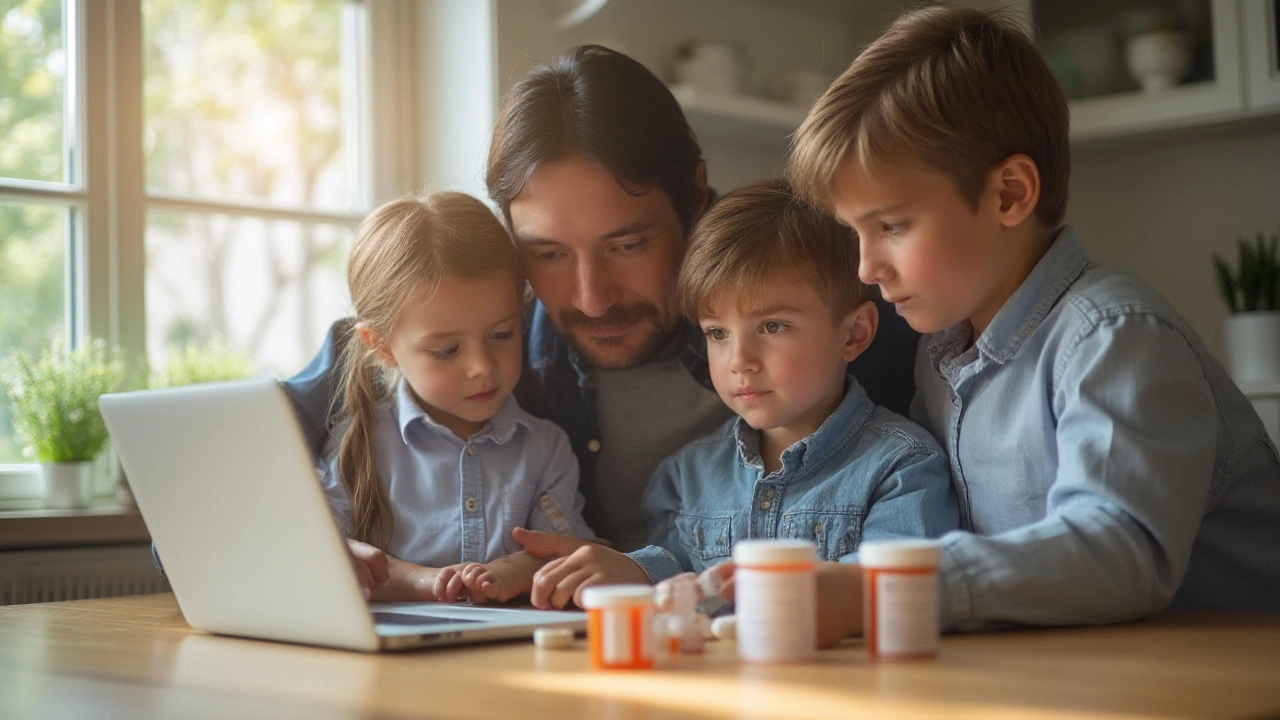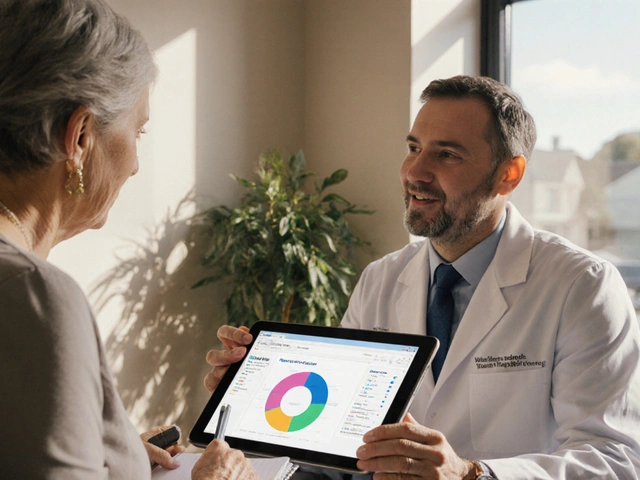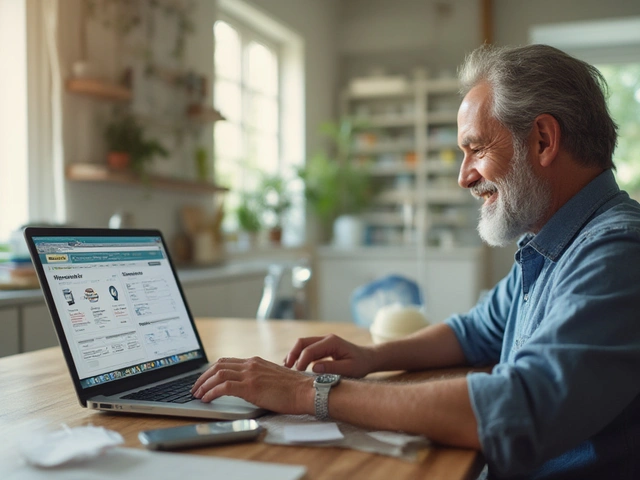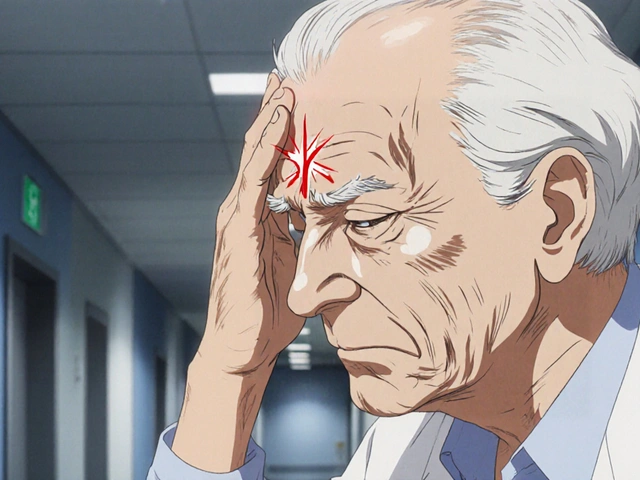Prescription Medications: Your Quick‑Start Guide
Got a prescription and not sure what to do next? You’re in the right spot. Here we break down the basics of prescription meds, how to get them safely, and what to watch for once you start taking them. No jargon, just clear steps you can follow today.
What makes a medication a prescription drug?
A prescription drug is any medicine that needs a doctor’s order before you can pick it up. The reason is simple: these drugs can have strong effects, interact with other meds, or need monitoring. Think of antibiotics, blood pressure pills, or acne treatments like isotretinoin. If a pharmacist asks for a prescription, that’s your cue that the drug belongs in this group.
How to get and use prescription meds safely
First, see a qualified prescriber—your GP, a specialist, or a licensed tele‑health service. Make sure the doctor knows your full health history, allergies, and any other medicines you take. After you get the script, choose a reputable online pharmacy or a local shop that asks for the prescription and shows a valid licence. Look for clear contact info, a physical address, and a privacy policy.
When the medication arrives, check the label for the correct drug name, dosage, and expiration date. If anything looks off, call the pharmacy right away. Keep the medicine in its original container; this helps you track doses and prevents mix‑ups.
Take the drug exactly as prescribed. If the label says “once daily with food,” follow that timing. Skipping doses or doubling up can cause side effects or reduce how well the treatment works. Set a reminder on your phone if you tend to forget.
Watch for side effects, especially in the first few days. Common signs include nausea, headache, or mild rash. If you notice a severe reaction—like trouble breathing, swelling, or intense dizziness—stop the med and seek medical help immediately. Many pharmacies offer a 24‑hour helpline for these emergencies.
Store your meds properly. Some need a cool, dry place, while others, like insulin, must stay refrigerated. Keep them out of reach of children and pets. If you have leftover pills after finishing a course, don’t toss them in the trash; use a pharmacy disposal program to avoid accidental ingestion.
Finally, keep a simple medication log. Write down the drug name, dose, time you took it, and any reactions you notice. Over time this record helps you and your doctor spot patterns and adjust the plan if needed.
Prescription meds can feel overwhelming, but with the right steps you stay in control. Use the tips above, ask questions whenever something isn’t clear, and rely on trusted sources like PharmaSea for up‑to‑date info. Your health is worth the effort, and a little organization goes a long way toward safe, effective treatment.
Your Guide to Safe Online Pharmacy Shopping at pharmaglobalrx.com
Thinking of using pharmaglobalrx.com for your prescriptions? Get tips for safe online pharmacy shopping, how to spot fake meds and insider info to keep you healthy.






